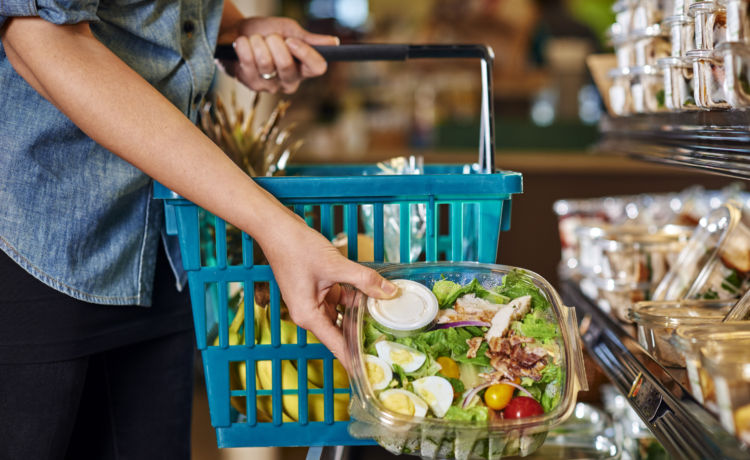
Grocers are watching the trends in technology and wondering how to keep up with the growing demands. We don’t want our grocery customers to experience any anxiety about technology or feel pressure to make big decisions too soon.
If you want to know where to focus your efforts in 2020, Webstop sees shoppers gravitating toward three specific areas.
Personalization
To keep up with shopper’s expectations, grocers need to have tools to predict a consumer’s needs before they even arise. Today’s consumers expect a highly personalized and genuinely valuable consumer experience. They want to buy from stores with capabilities that are relevant and tailored to their preferences and previous behaviors.
According to the Salesforce State of the Connected Customer Report, 76% of customers said they expect companies to understand their needs and expectations. Fortunately, according to the same report, 59% of consumers are also happy to share their personal information to receive a more personalized experience.
Webstop has officially rolled out our new advanced personalization initiative with the oversight of Dave Carlson and Jim Dippold. Dave and Jim are experts in analytics, personalization, and customer behavior strategies who have spent their careers building personalization features for Tier 1 retailers and now they’re working with Webstop to do the same for our customers. That means all our clients, regardless of their size or budget, can now access the most advanced personalization tools available.
eCommerce
Webstop is certainly in favor of eCommerce and curious about what the future holds. We watch businesses like Amazon closely to see what’s working and what isn’t. We need to keep our grocers relevant and savvy.
Maybe you’re reading articles, watching trends among the big-name stores, and talking to people who are telling you that you don’t stand a chance if you can’t get your store operating online. While you can’t ignore the eCommerce trends, you also shouldn’t feel pressured to launch a big, costly eCommerce initiative in 2020.
We can guide you toward some cost-effective ways to experiment with eCommerce. Most business analysts and retail experts agree; it’s going to still be many years before most customers prefer to do the bulk of their grocery shopping online. That gives you time to gradually introduce phases of eCommerce and resist over-investing in something that may not be profitable for your business for many years.
Prepared Foods and Ready-Meal Options
Convenience has fueled this quick-prep trend, and the desire for meals that are healthier than traditional takeout has kept it growing in popularity. Consumers want the time savings they could get from a fast-food restaurant, but with fresher, healthier meal options and more customized choices.
Sometimes shoppers are looking for a ready-to-grab meal option rather than a full shopping experience. That’s good news for grocers because when customers don’t want to spend their after-work hours chopping vegetables or preparing slow-roasted chicken, they’re willing to pay a premium price for the convenience of your freshly prepared foods. Don’t lose those sales.
Digital technology can make it easier for customers to swing in and grab dinner for your store. Here are three easy ways to stay top-of-mind in the quick-grab trend:
- Implement mobile ordering
- Offer pre-pay options
- Send mobile notifications advertising daily deals
Enter 2020 with Confidence
One thing is sure in 2020, customers will still be shopping for groceries and purchasing more products based on personalized suggestions, convenience, and price. The future belongs to the consumer and to grocers who understand that, with the right technology partner, it is possible to face the future with confidence.
